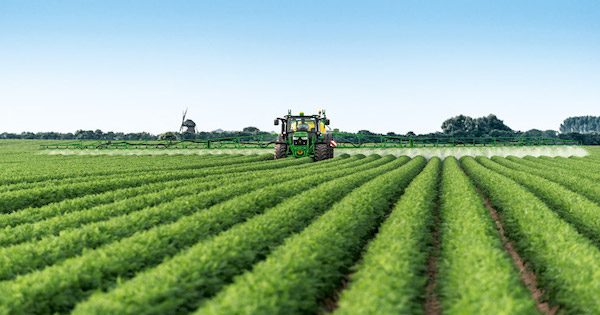Agricultural producers are constantly on the hunt for ways to save on inputs without yield penalties, and soybean farmers fall into this group. Now, new research has shed light on how soybean producers, in particular, may be able to do so by strategically planting in more productive fields.
Agronomist Garrett Kennedy recently collaborated with Ignacio Ciampitti, a research agronomist at Kansas State University, to identify the link between profit per acre and seed cost. Kennedy developed farm trials with Justin and Jeff Knopf on 61 acres in Saline County, Kan. The acreage included creek bottom land with a high yield history and upland with average yield history. Replicated plots were planted with an air drill, dropping 100,000, 140,000, and 180,000 seeds per acre.
At the time of harvest, the area with 100,000 seeds yielded 45 bushels per acre, which was the exact yield of the space with higher seeding rates. However, the researchers discovered that the profit per acre was larger as a result of lower seed costs. Ciampitti explained that this was because some fields are simply more productive — soybeans can emerge more quickly in these areas. This crop also has the unique ability to compensate for space by developing additional branches.
"In the best areas of the field, no worries if you are missing a plant or if you don't have the best uniformity," Ciampitti told The Furrow, a John Deere publication. "In those areas, the plants will branch out if they sense there is enough light or there are no other plants around."
Kennedy highlights that this scenario is most effective when planting conditions are ideal, and the planter itself also needs to be accurate. More information about the planters John Deere has to offer can be found by contacting your local John Deere dealer.
